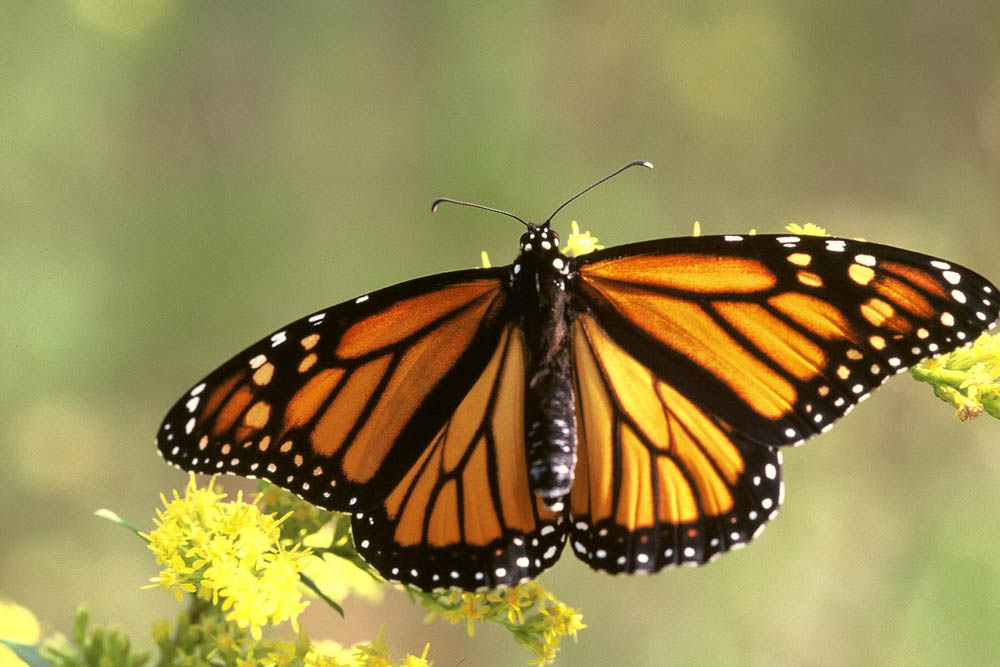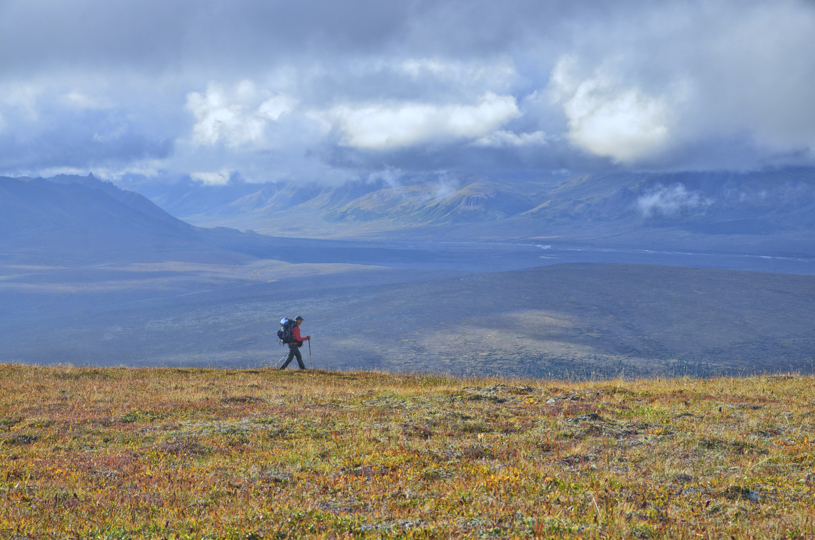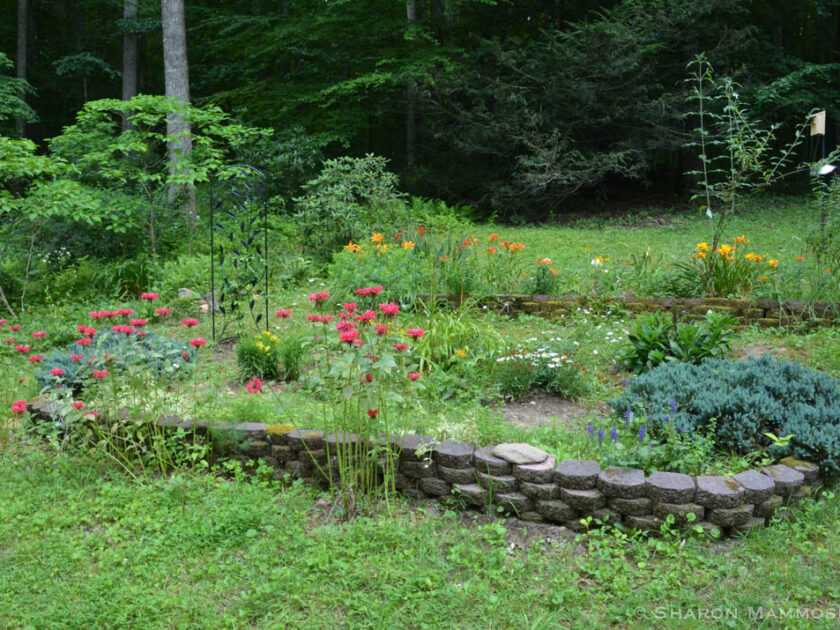To start, let me ask every reader this: Do you enjoy birds? Do you like attracting them to your yards, listening to their songs, and seeing them at your feeders? Do you want to help them? If you answered yes to these questions, then this article’s for you, even if you stand firmly in the camp of those who believe green grass is an American tradition that deserves to be welcomed and continued.
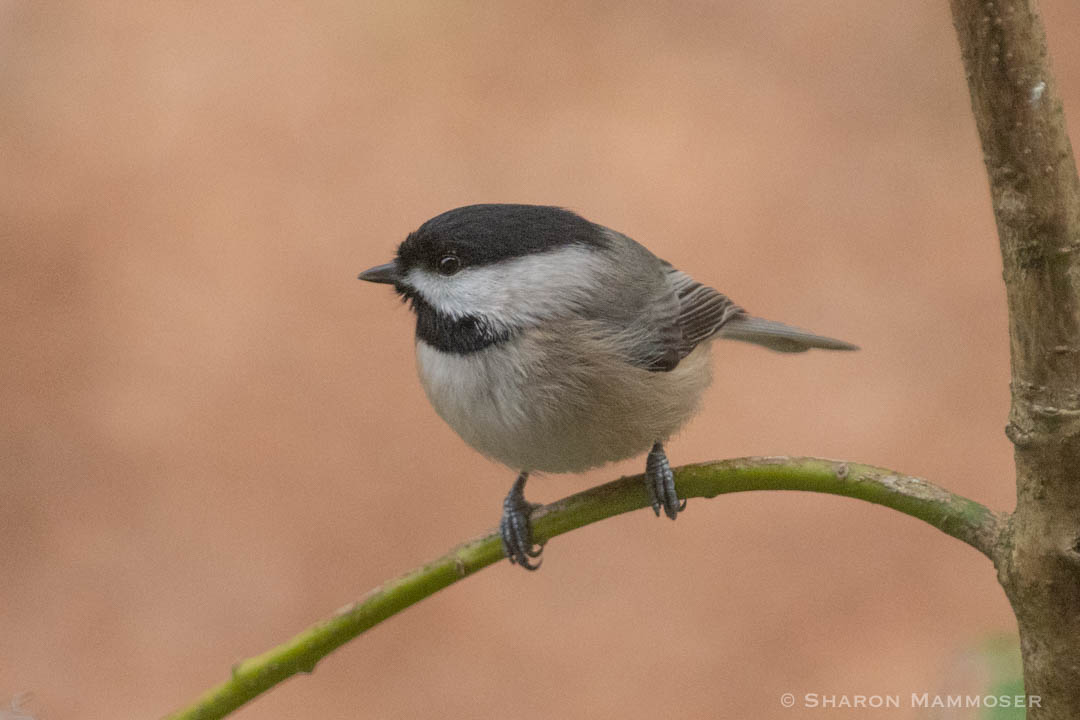
According to the American Bird Conservancy, “In less than a single human lifetime, 2.9 billion breeding adult birds have been lost from the United States and Canada, across every ecosystem.”
You should know that 96% of our songbirds, including bluebirds, cardinals, indigo buntings, chickadees, and tufted titmice, REQUIRE insects, and especially, caterpillars, when feeding their young.
Even though many of these birds visit our seed feeders, they need protein-rich insects when rearing their babies. It’s not optional for them. According to entomologist, Doug Tallamy, “That chickadee that wants to breed in your yard requires 6,000 to 9,000 caterpillars just to get their babies to the point where they leave the nest. They continue to feed them caterpillars for another 21 days. You’re talking about tens of thousands of caterpillars to make one clutch of a tiny bird and think of all the birds out there.”
In the United States, more than 40 million acres of land is turf grass (a statistic from 2015; the number in 2024 has surely grown.) Sadly, turf grass, and the chemicals required to maintain these perfect lawns, is devastating to insects and wildlife that feeds on insects.
The fastest way to destroy an ecosystem is to transform it into lawn–an outdated, expensive practice that creates a massive monoculture, a vast dead zone where the only thing that thrives is the lawn company you’ve hired to maintain that perfect green grass.
Yet every summer, millions of people spend millions of dollars, and thousands of hours maintaining this monoculture because they “want their kids to have somewhere to play, ” or “everyone has one,” or, “it’s tradition,” or “my HOA requires it.”
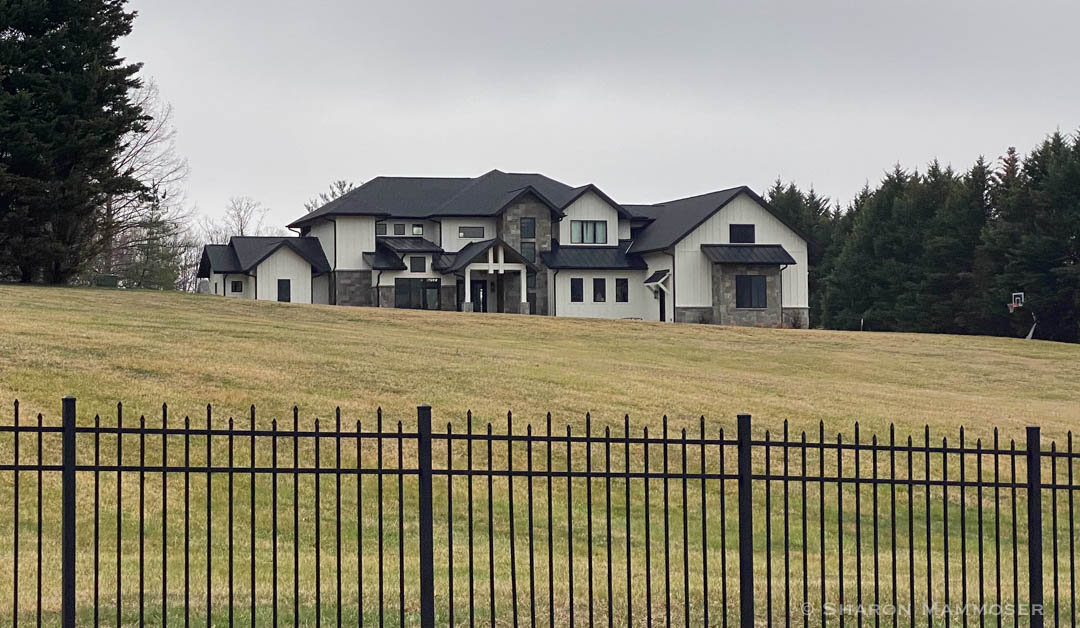
If we stop long enough to consider the impact this practice has on our Earth, we might change. If we understand how birds are connected to insects and insects to native plants, we might change. If we realize the ecological services habitat provides–like oxygen, clean water, flowering plants courtesy of pollinators– we might change.
Tallamy says “This notion that we’re separate from nature is what’s killing us. We are totally dependent on nature. We have to learn to live together because we need ecosystem services everywhere, not just in parks and preserves. And we all have this notion that nature is there for entertainment, but that’s it. That’s killing us.”

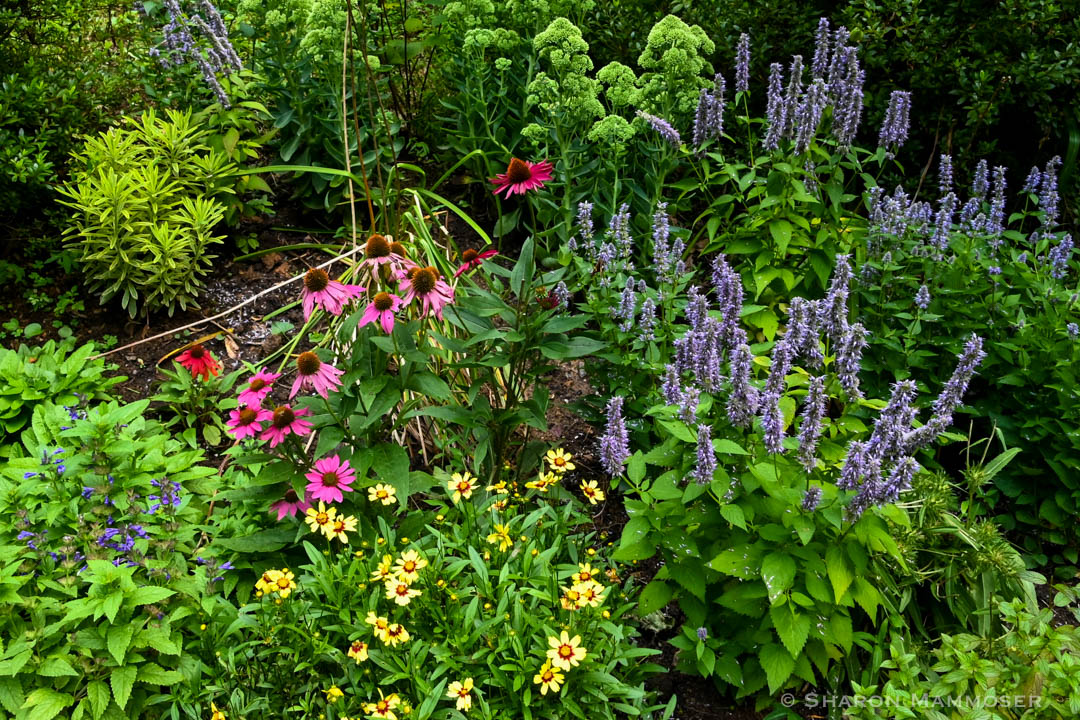
There’s a movement, started by Tallamy, called Homegrown National Park, to shrink your lawn, creating habitat instead. Thankfully, anyone can do it, even if you live in an HOA. The secret is to start with small “habitat islands” filled with a majority of native plants–ideally 70% or more. It’s okay to keep your peonies and gardenias, and other non-natives if they are not invasive. (You can check whether or not a plant is on the invasive species list here.) Just realize that those non-native plants are like statues in your yard–not offering much to wildlife, but not causing harm either. But do you want a yard full of statues? Know why native plants are key? Because North American insects didn’t evolve alongside Asian or European plants and thus, don’t recognize them, and don’t have relationships with them. Complex relationships exist between plants that have always lived in an area and wildlife that lives in the same areas. Thankfully, you don’t need to research how each plant is connected to each animal– you just have to choose mostly native plants and then let Mother Nature take over from there.
According to the US Department of Agriculture, “Invasive species can pose a significant threat to native wildlife and plant communities. Invasive species can lead to the extinction of native plants and animals, destroy biodiversity, and permanently alter habitats.” Thus, when you’re picking plants for your habitat islands, keep that in mind. When in doubt, choose native.
With habitat islands, you can have grass AND wild spaces for insects and other critters like salamanders, birds and frogs. Even a few small habitat islands are better than all grass. You’ll soon discover the joy of having a front row seat to a plethora of butterflies, native bees, beetles, moths, and other animals who come to live in, and visit your new habitat.
It won’t be long before you see how much more entertaining a patch of habitat is rather than a patch of grass.
Fair warning–gardening is addictive! The more natives you plant, the more wildlife will come, the more you’ll want to add, and the more you’ll have to enjoy. Everyone wins in this equation (except the lawn-care service.)
Ready to get started? Here’s how:
- Use a spade to create an island outline in your grass. Be creative! The island can be any shape, it doesn’t have to be round! Make more than one if you have space.
- Lift up the grass within the outline and discard it.
- Using the shovel, roughen up the soil and prepare it for plants.
- Dig holes within the habitat island.
- Go shopping for plants! Choose a local nursery that features a variety of native grasses, flowers, shrubs and trees.
- Buy some native plants! Choose a variety of natives, creating layers of plants in varying heights, colors, and bloom times. Having a bunch of a few plants is better than having one of everything.
- Five of my favorite flowers are, butterfly milkweed (Asclepias tuberosa), Jeana garden phlox (Phlox paniculata ‘Jeana’), purple coneflower (Echinacea purpurea), bee balm (Monarda, various species,) and goldenrod (Solidago, various species. Note–goldenrod is NOT the plant responsible for hayfever! That’s ragwort. Goldenrod is an AMAZING perennial that supports a huge variety of wildlife.) Shrubs I love are Virginia sweetspire (Itea virginica “little Henry’), shrubby St. John’s wort (Hypericum prolificum) and hummingbird clethra (Clethra alnifolia.) My favorite wild grass (on Earth!!) is little bluestem, (Schizachyrium scoparium.) and lastly, my favorite vines: purple passionflower (Passiflora incarnata,) and trumpet honeysuckle (Lonicera sempervirens.)
- Group like-plants together. Plant densely so when they grow up, weeds can’t find space between them. If you can see the ground between plants, you need to add more plants!
- Start small. Get excited rather than overwhelmed–you will be making a difference in the world, even if it is only a tiny part. Imagine the impact if everyone in your neighborhood added a habitat island to their green grass.
- Add more plants as you see fit, creating bigger habitat and less lawn. It’s a process not a one-day-event.
- Use Doug Tallamy’s research tool from Homegrown National Park to help choose plants native to your area.
You’ll see. It’s going to be amazing. And much, much more productive and rewarding than a perfect plot of green grass. 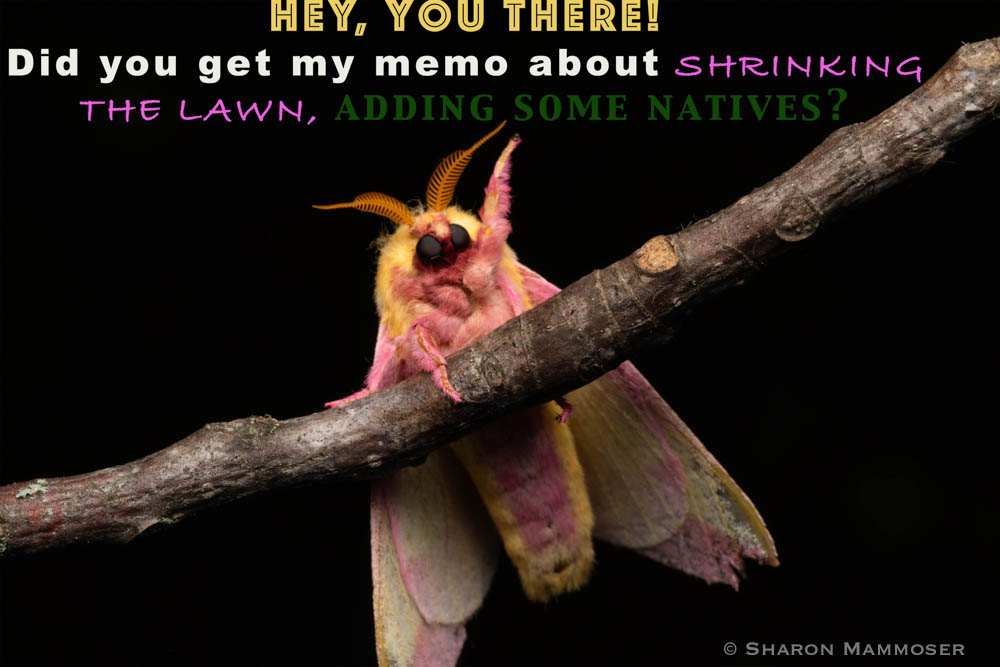
If you live locally in western NC, there’s a FABULOUS opportunity happening this weekend at The North Carolina Arboretum spring plant sale and market, on both Friday, May 31st, 2024, and Saturday June 1st, from 10-3pm. I’ll be there with my friend Kim from Milkweed Meadows Farm, selling all kinds of great native perennials to get you started on this movement to shrink your lawn. Come out to see me!! And if you do, please say hello and let me know who you are. I’d love to meet you!!
